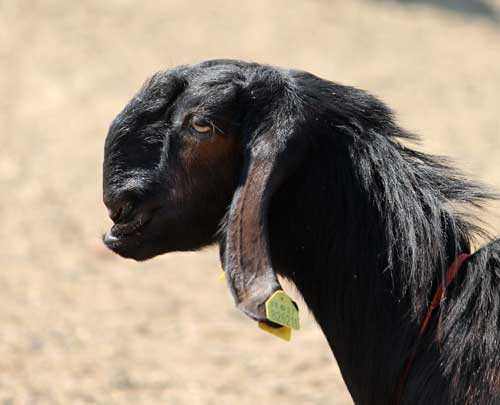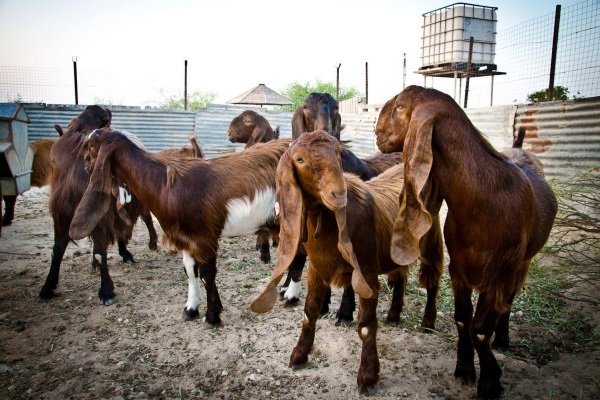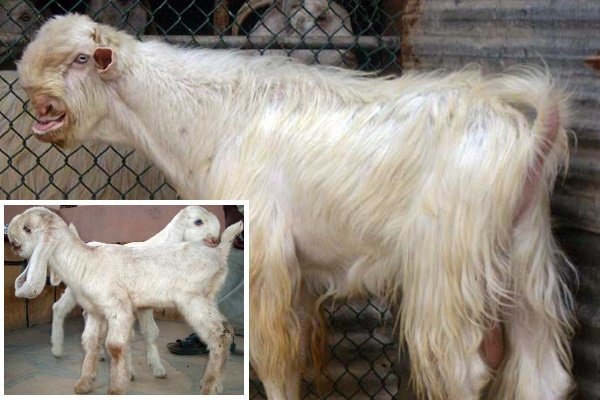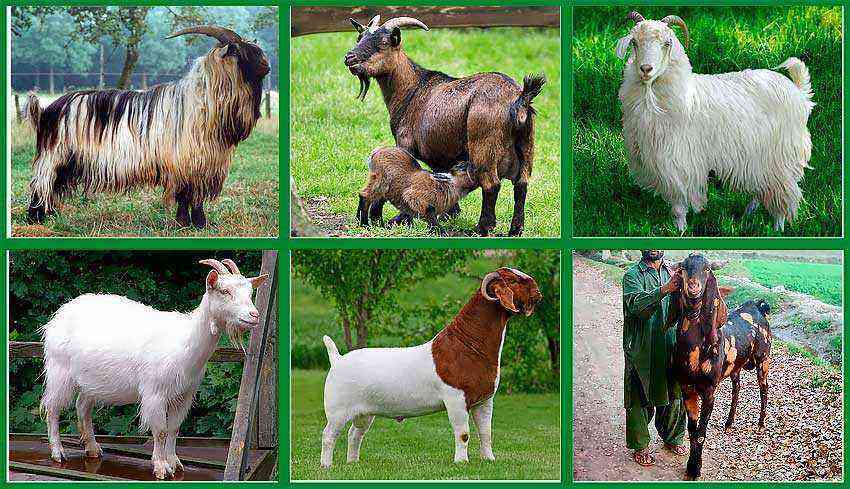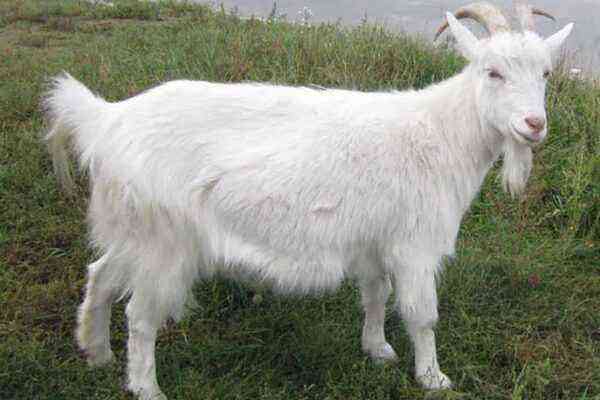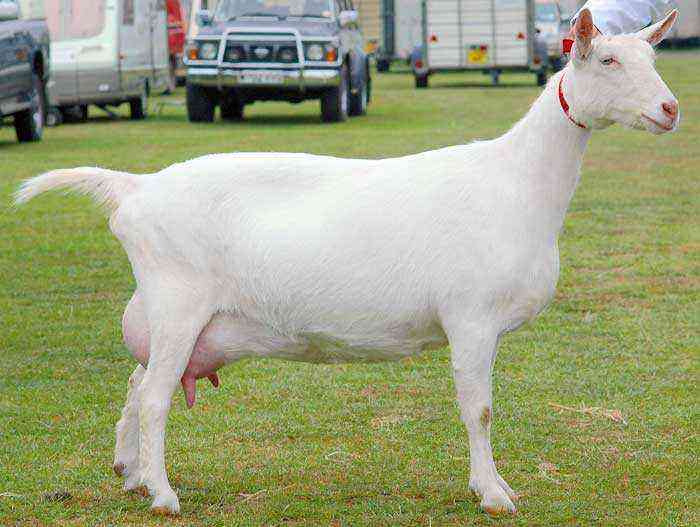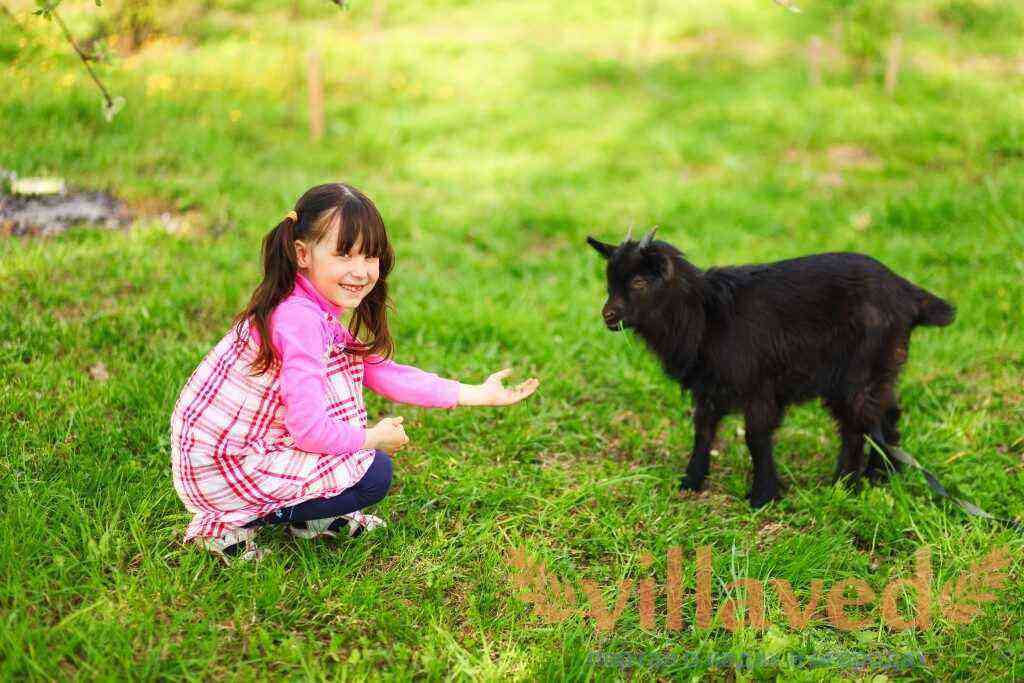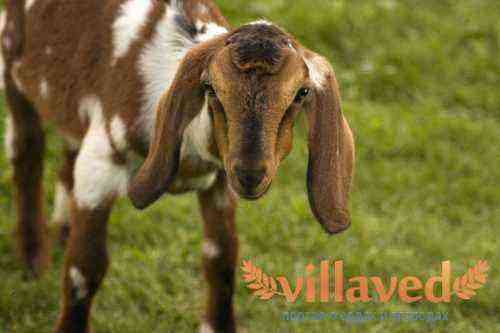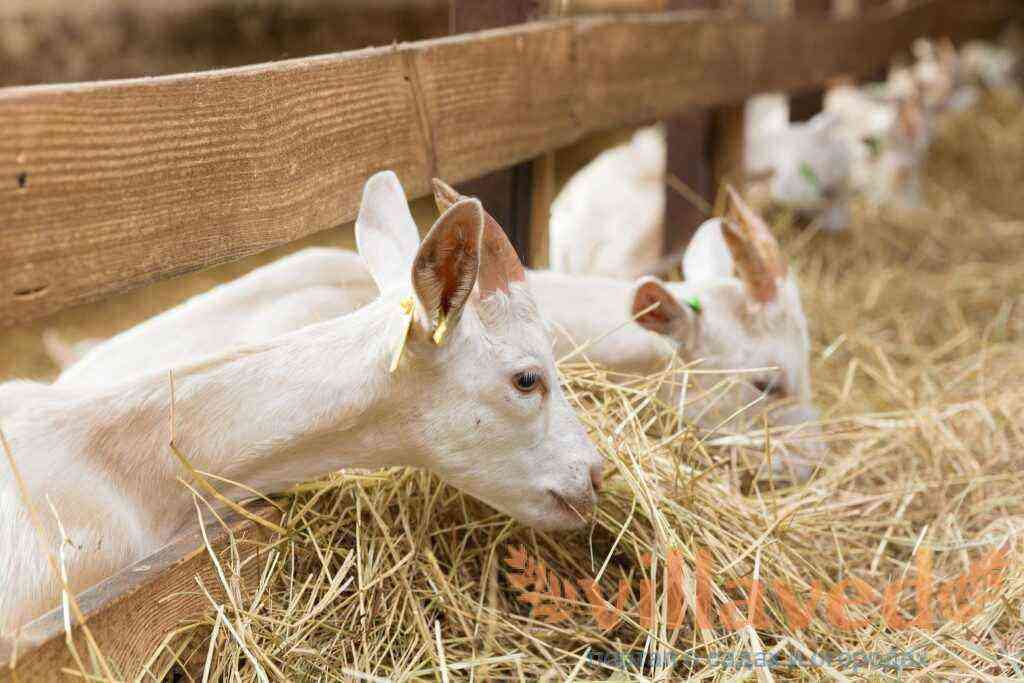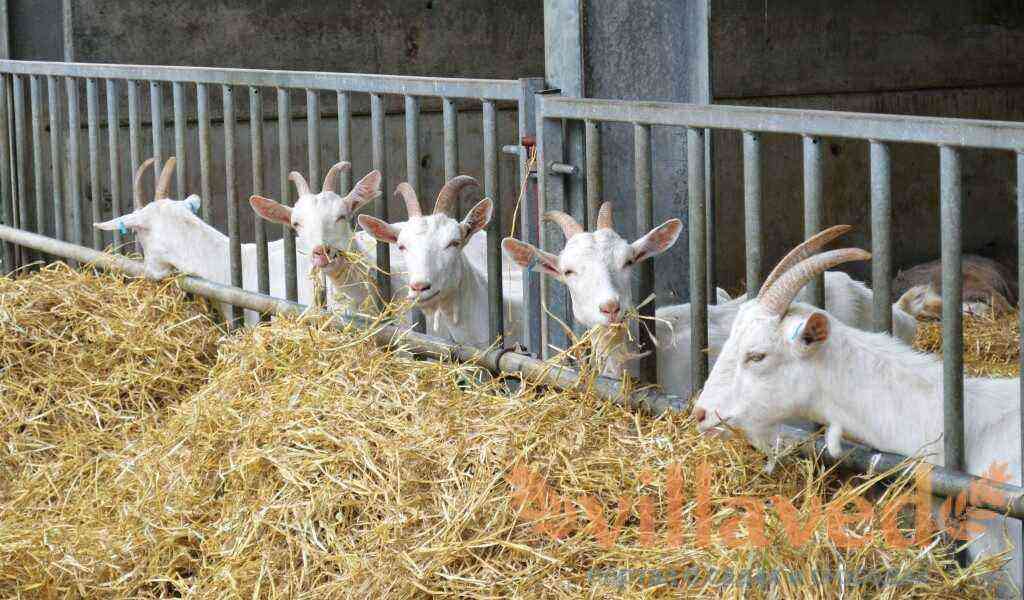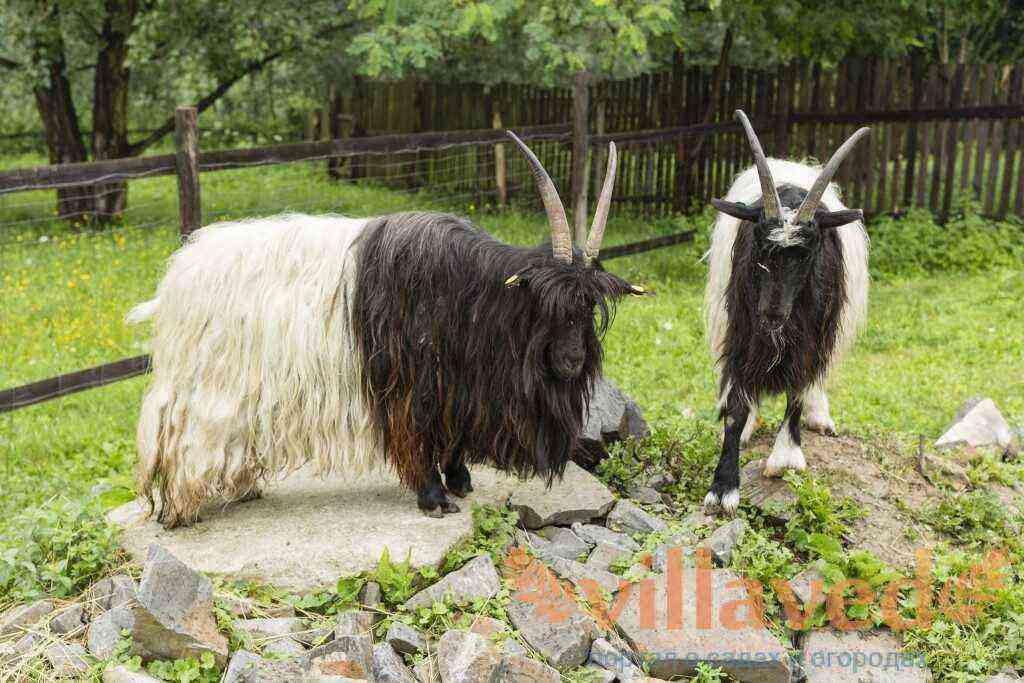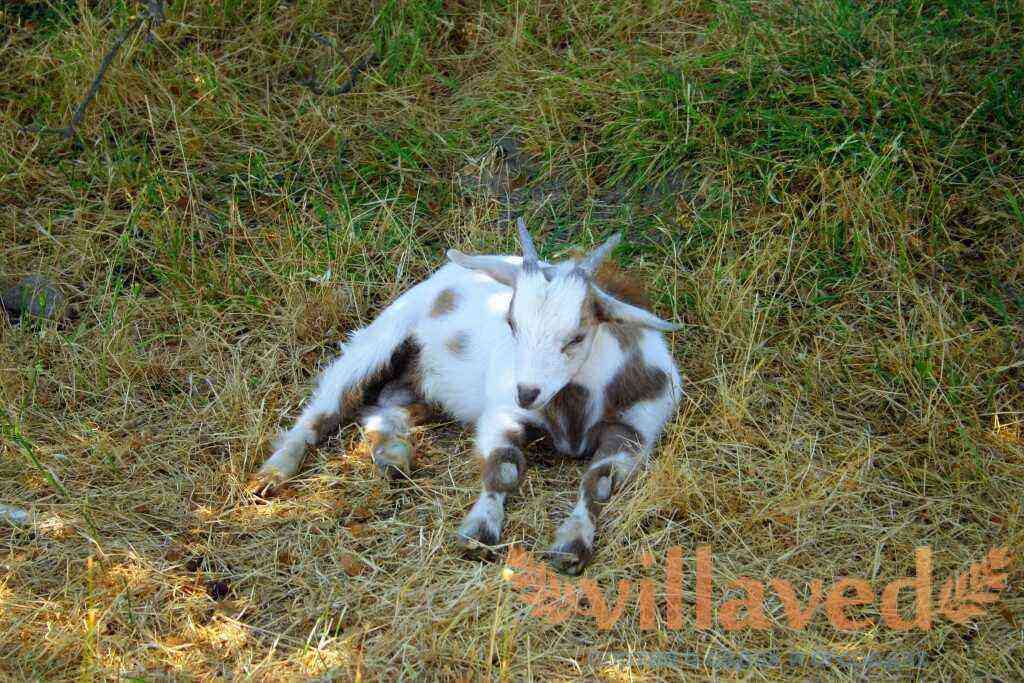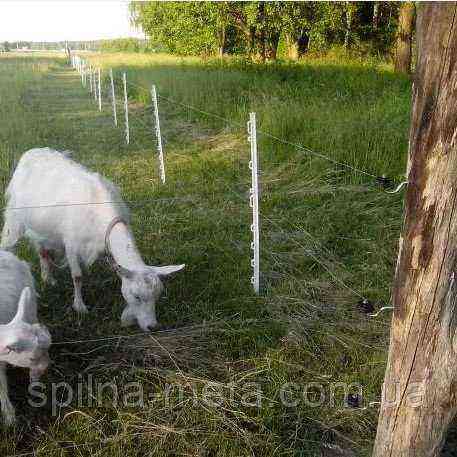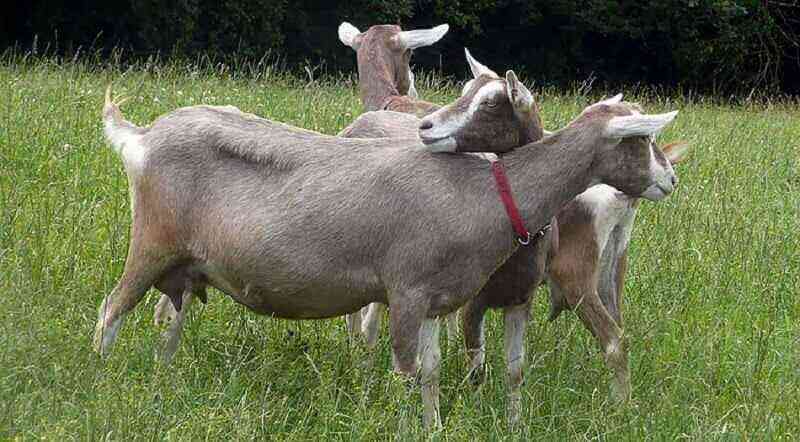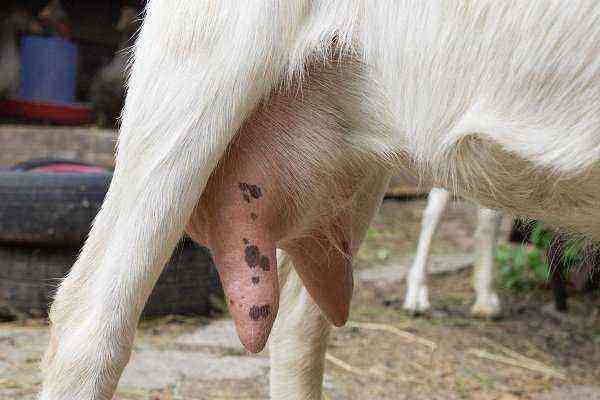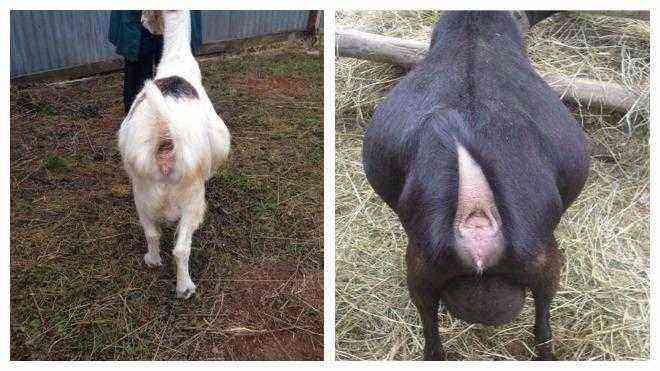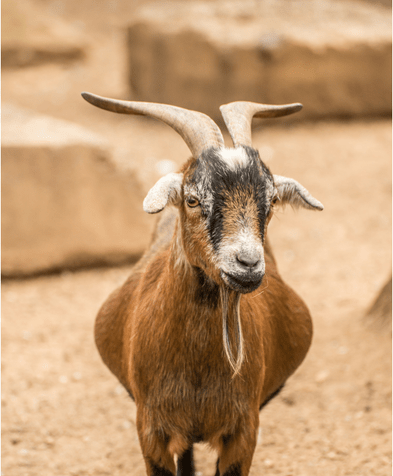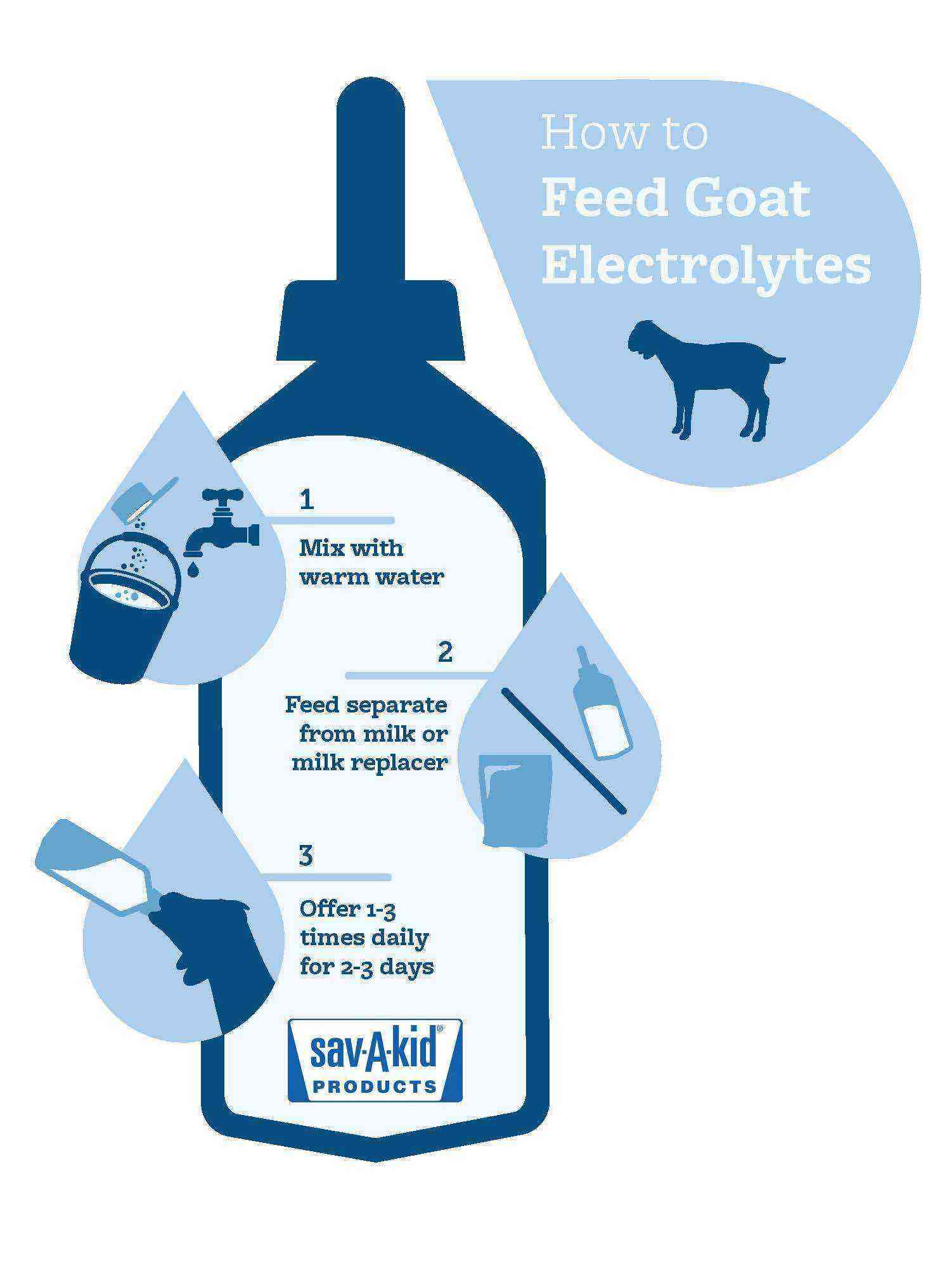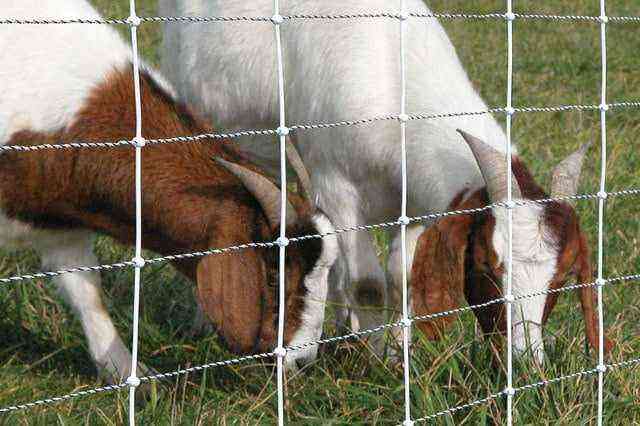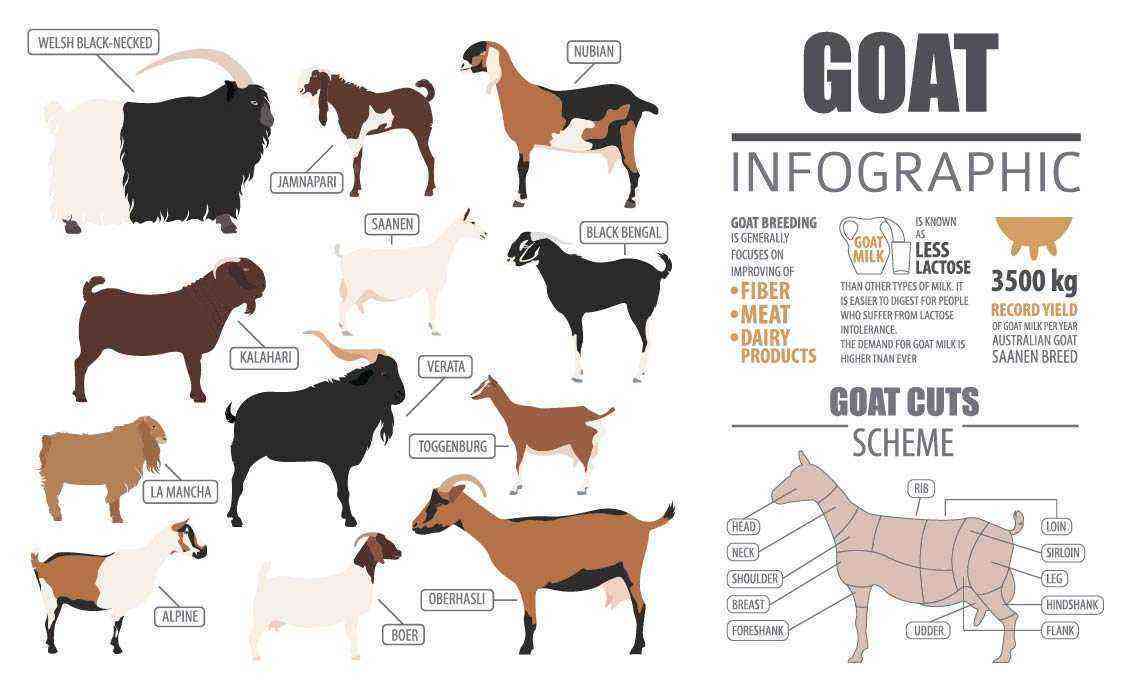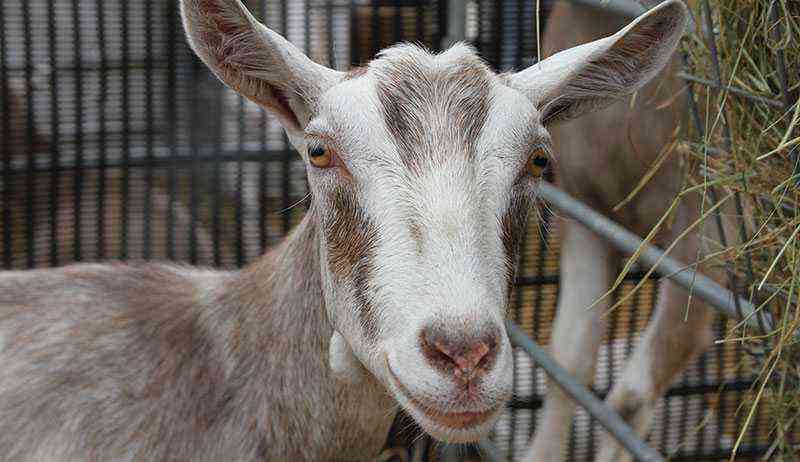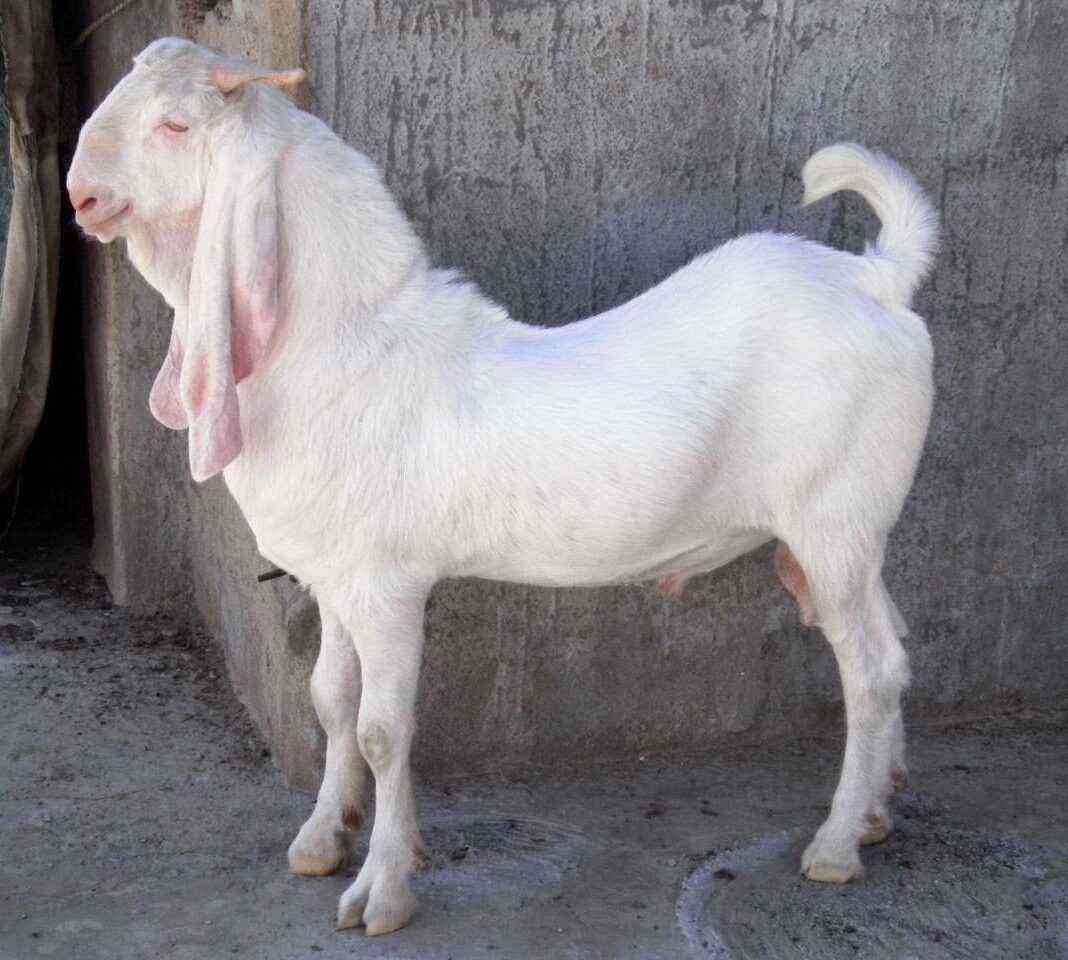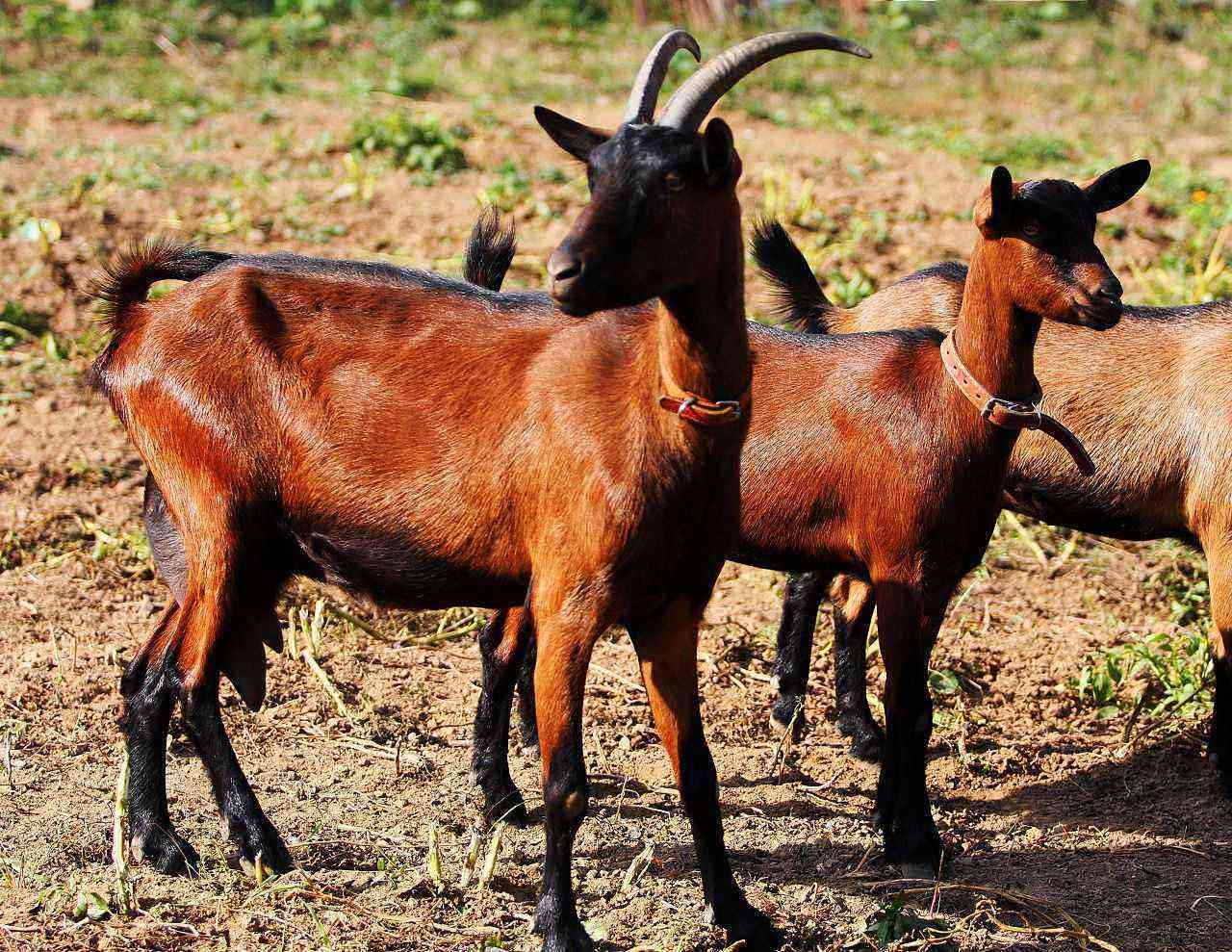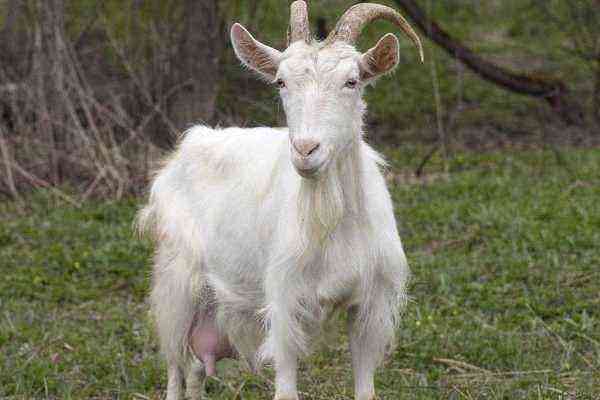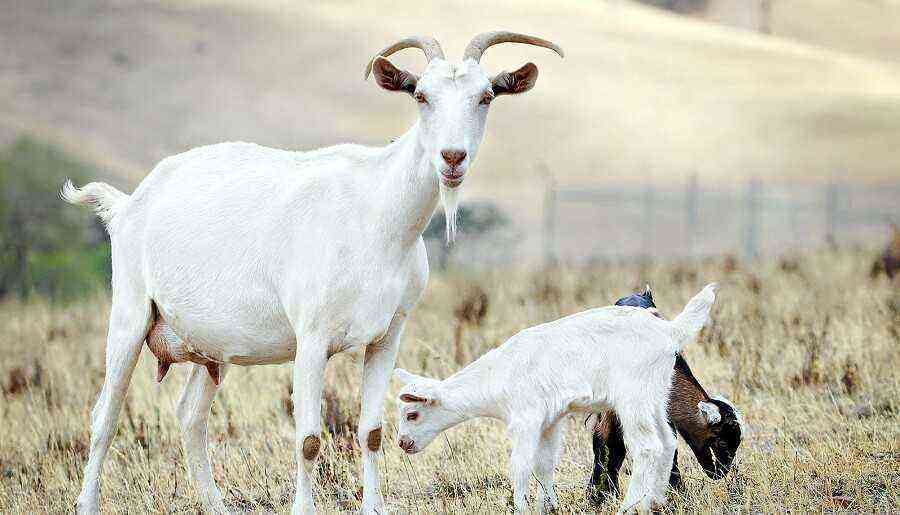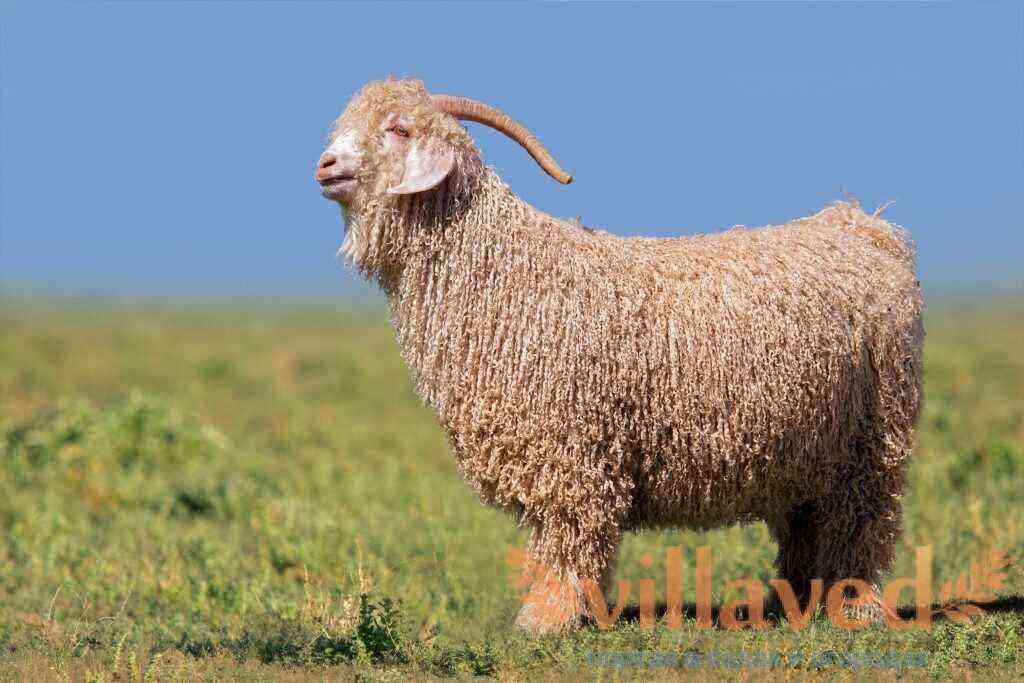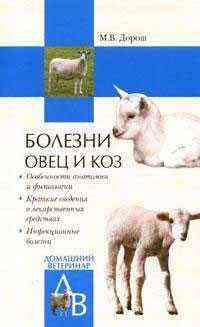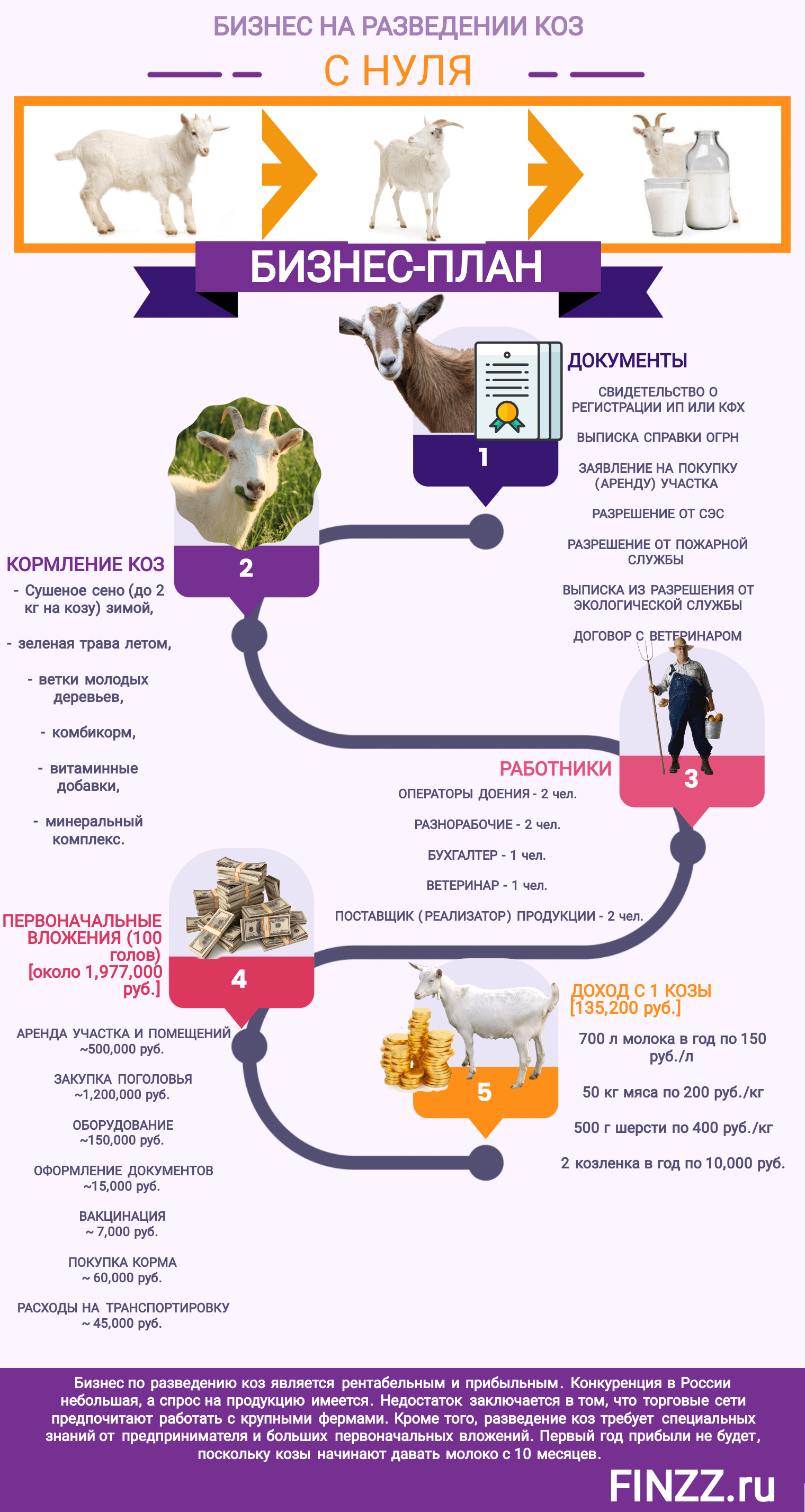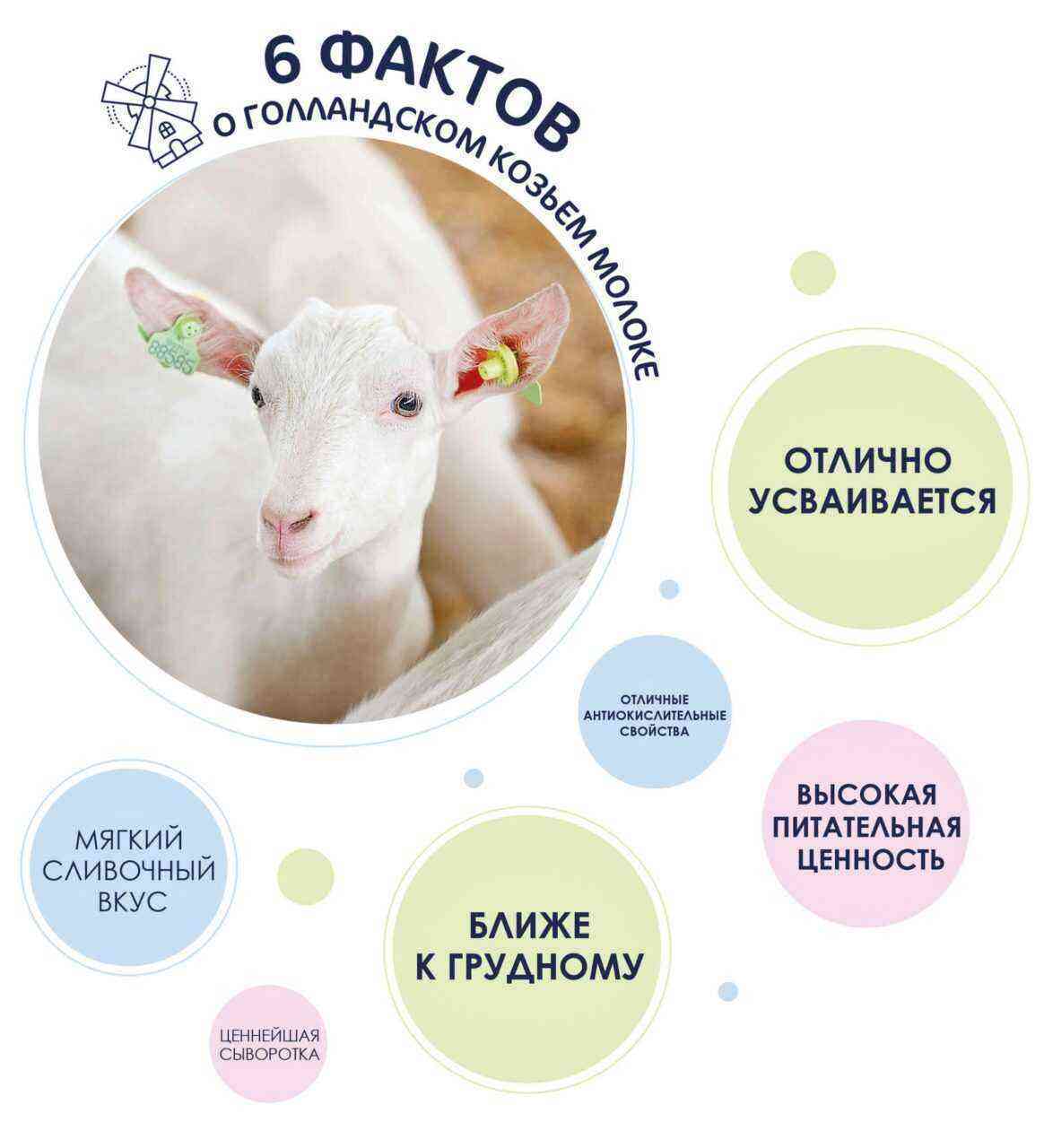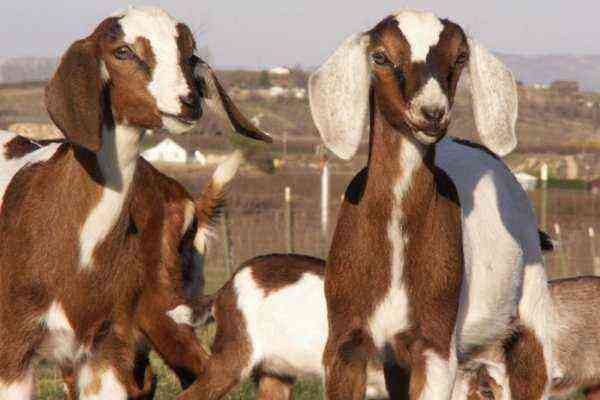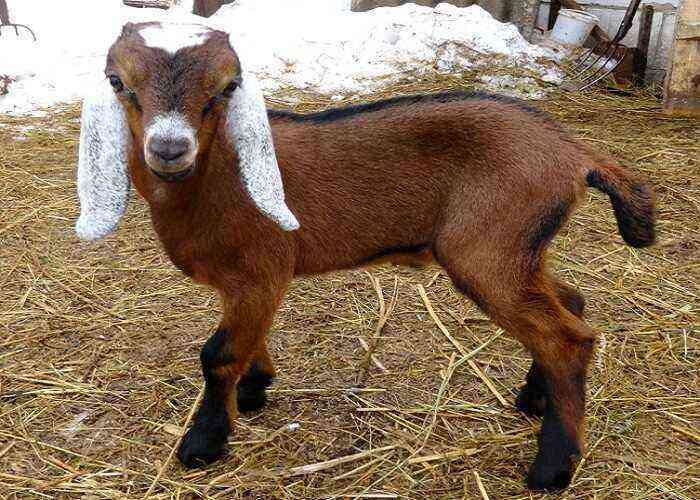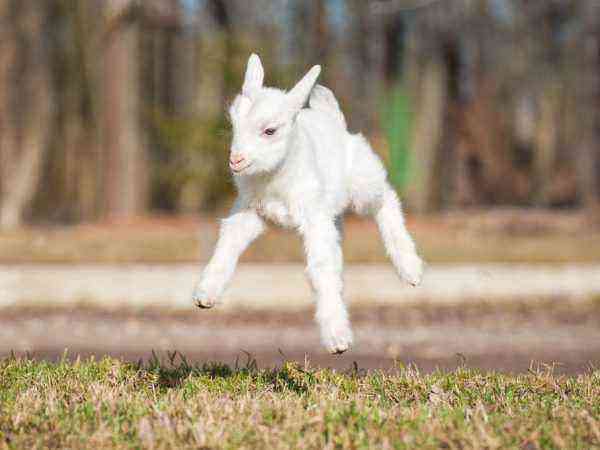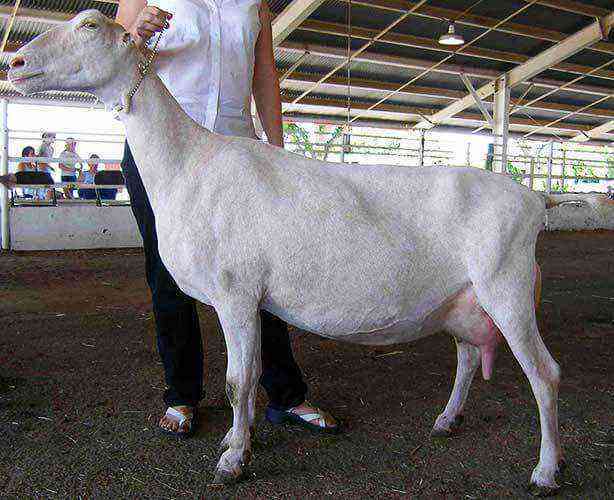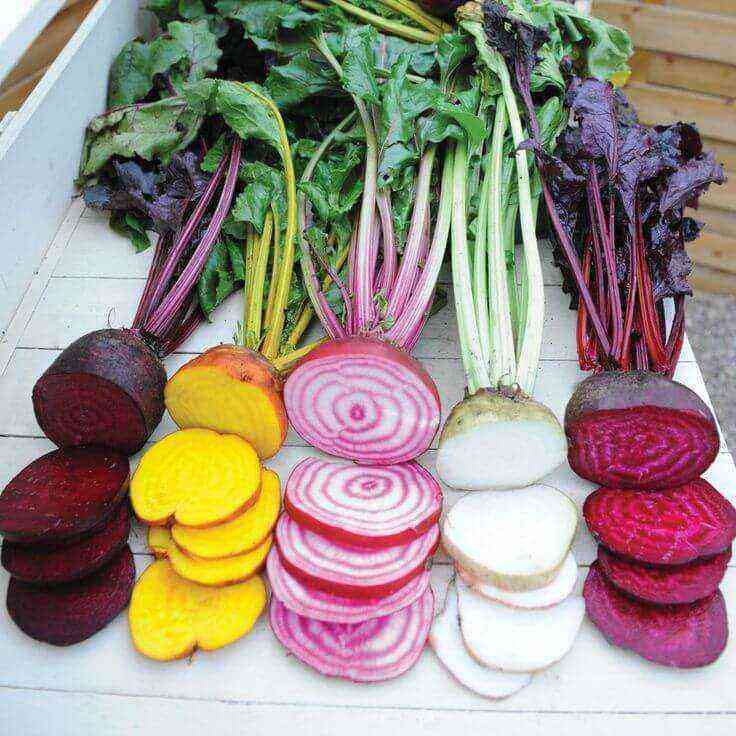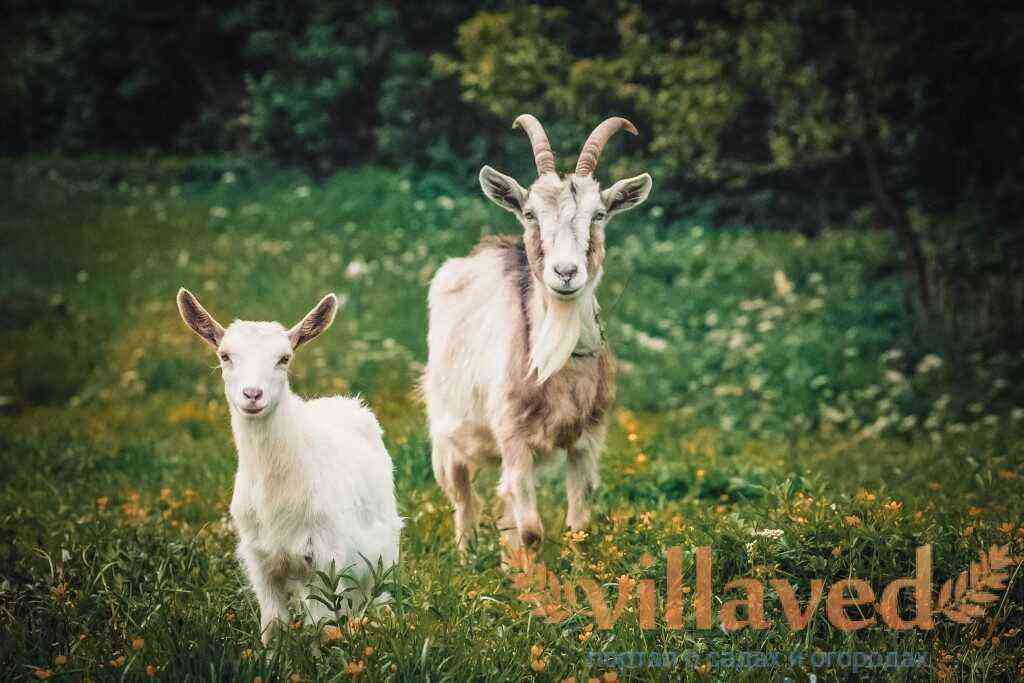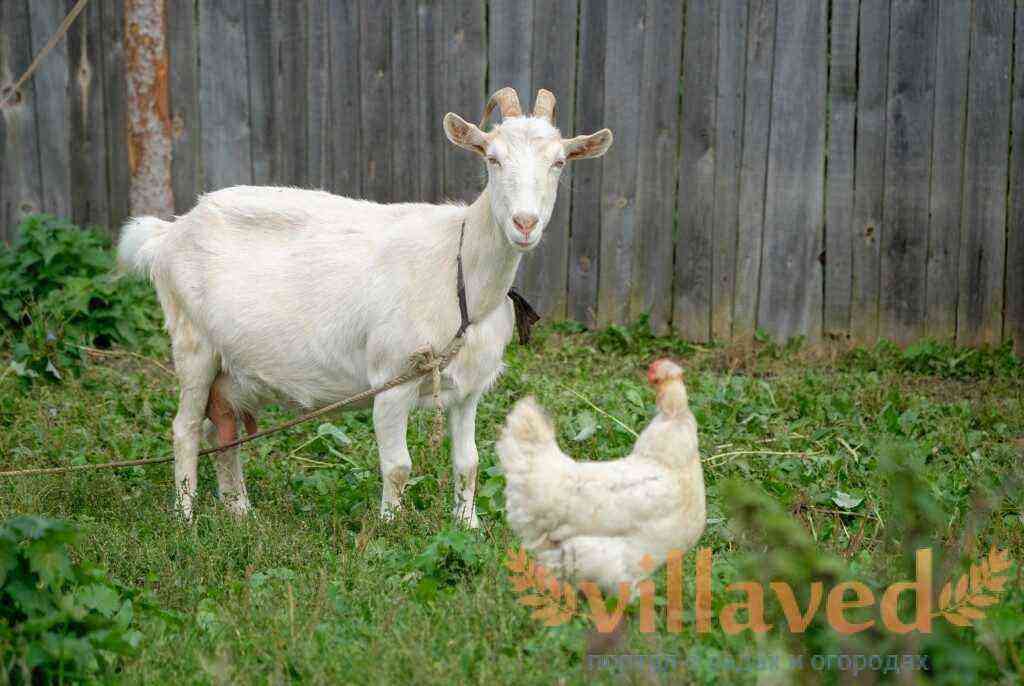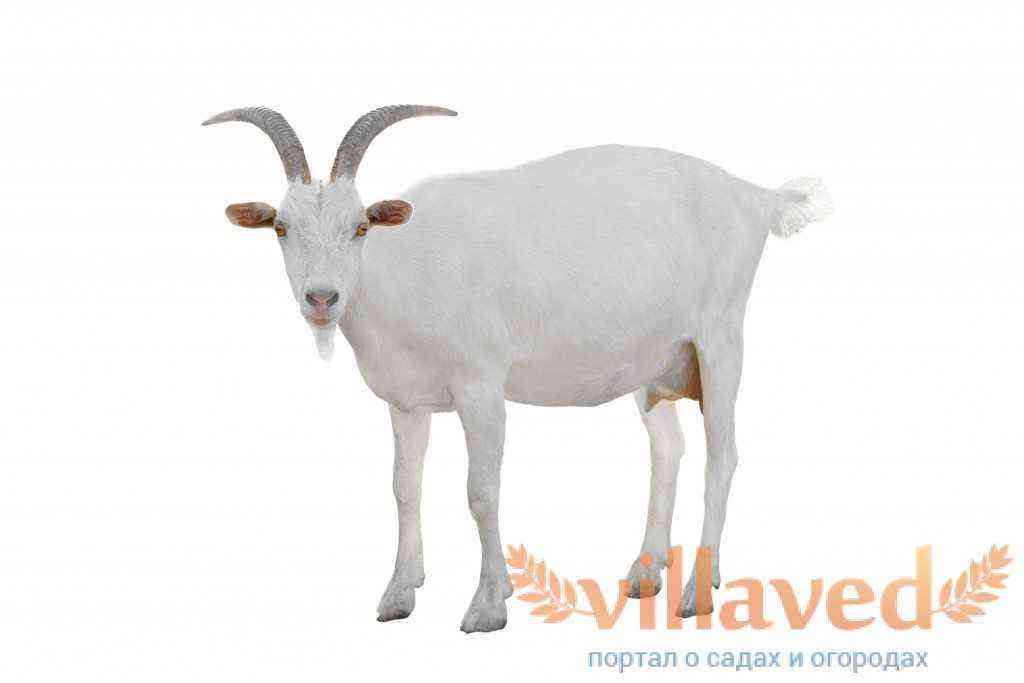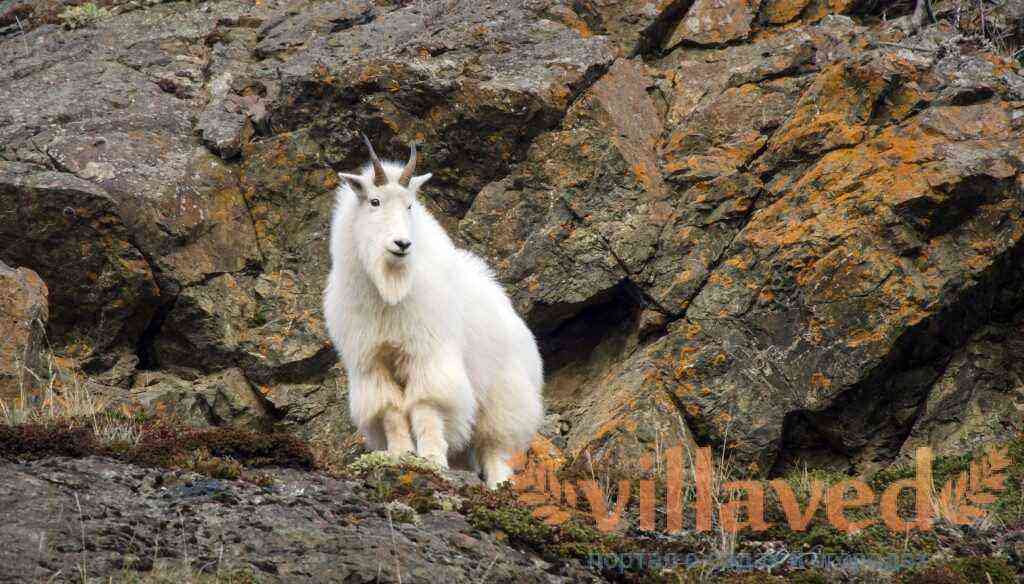Shami (Damascus goat) is a breed that has given people milk, meat, wool and skin since ancient times. In the article we will consider the main breed characteristics and tips for keeping and breeding these goats.
Shami goats
Shami goat profile
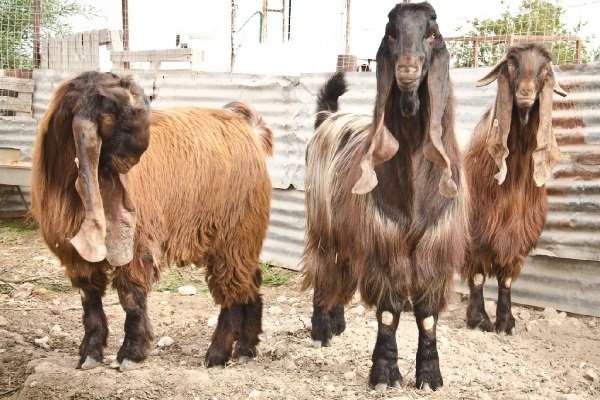
History of occurrence
Damascus goats are several thousand years old, they appeared in the Middle East. Their ancestors are Cypriot goats. In the history of peoples, many proverbs, sayings and ancient chronicles have been preserved, where these goats are mentioned. Syria is considered the historical homeland of Shami. Goats got their second name in honor of the Syrian city – Damascus.
The breed gained worldwide fame after a beauty contest among goats held in 2008, in which Shami got the title “The most beautiful goat”.
Currently, Damascus goats are raised and bred in Palestine, Cyprus, Israel and Syria. Due to their good productive performance, breeders use these goats to improve some breeds, including the Saanen and Nubian Shorthair goats.
Description and characteristics of the breed
In terms of popularity and value, Shami compete with Arabian horses.
The young Shami is cute – a small head and long curly ears, but the appearance of adult goats is rather unusual:
- head disproportionately large;
- the lower jaw is pushed forward, but by standards a normal bite is required;
- hooked nose;
- ears are long, up to 32 cm;
- the eyes are light, but other colors are allowed;
- the neck is long;
- most goats have horns, but gradually breeders are trying to breed polled Shami;
- high growth – goats at the withers reach 103 cm, goats – about 84 cm;
- legs are thin and long;
- large sizes – the weight of goats reaches 130 kg, smaller goats – up to 95 kg;
- newborn kids have an average weight of 3,5 kg, sometimes there are individuals and 5,5 kg;
- the coat is thick and long, covering the whole body;
- the color is red-brown, there are brown and yellow shades, there are white spots, but this is undesirable, black shams are not welcome, this is a rare recessive color;
- the character of goats is distinguished by calmness and good nature;
- hardy and easily adapt to different climates, can live on any terrain.
Long ears perform the function of regulating the body temperature of the animal, have many blood vessels. In hot climates, the goat gives off excess heat through them so as not to overheat.
Historically, Shami goats are more often chosen not for milk yield, but for the correct head shape. An animal with a beautiful head shape is valued more than a goat with external defects, but giving more milk.
Features that you should focus on when choosing a goat:
- head of the correct form with a characteristic hump on the nose;
- ears should be long, well-groomed;
- wool is shiny, pleasant to the touch;
- eyes are transparent, light;
- strong legs.
Productivity of Shami goats
Damascus goats are versatile animals known not only for their outlandish appearance, but also for their productive qualities. Although they are classified as dairy breeds, since ancient times they have provided a person not only with milk, but also with meat, beautiful wool, and skin of excellent quality. They also have multiple pregnancies.
Shami are unpretentious and able to live with a meager diet, but the better the conditions of detention and good nutrition, the higher the milk yield and better health.
They feed their cubs with milk 240-305 days a year, during which time they give out from 640 to 1100 liters of milk. About 5 liters of milk are obtained per day from one goat, and champions give up to 9 liters.
Shami gives high quality milk:
- milk fat content 3,8-4,5%;
- protein 3,7-4,4%;
- the taste is good, without aftertastes and foreign smells.
Goat breeding Shami
Shami breed well, grow quickly and gain weight. This is facilitated by the following features of goats of the described breed:
- Males reach maturity by 9 months.
- Females are ready to bear and give birth to kids from 7-9 months to 6 years. But it is still desirable not to reduce the goat for breeding until the year, so that the body gets stronger and better prepared for pregnancy. It is important to ensure that the weight of the goat is at least 42 kg.
- A goat of this breed has a lambing once a year, and it can bring 2 or 3 kids, sometimes there are 4 kids. The fertility rate is 180-250%.
- Kids are weaned from their mother at the age of 45 days, but to increase milk yield, they often practice weaning babies already at two days of age and supplement them with expressed mother’s milk for up to a month and a half, and the goats themselves are milked.
- After the birth of the kids, the next hunt for a goat occurs in 45 days.
- Goats gain weight very quickly. At 4 months of age, they already weigh 34-36 kg. Goats gain 200-300 g in weight per day.
Features of maintenance and care
For goats, you need to equip a spacious barn and do not forget about the simple rules of care and maintenance.
Requirements for the goat house:
- for a herd of 5-7 goats, a room with dimensions of 7×5 meters is required;
- each goat should have a separate floor and stall;
- preferred temperature in the range from +18 °C to +25 °C;
- good ventilation;
- the length of daylight hours is at least 10 hours.
In summer, the animals spend most of the day grazing. In the evening, feed with hay or cut grass, and add some roughage for more satiety.
In winter, feed with pre-prepared hay (should be available around the clock), also in the morning and afternoon, give rough and green food (200-250 g per individual). Include sprouted grass, oats, and some fresh vegetables in your evening meal.
What can you feed:
- hay;
- silage;
- crushed cereals;
- crushed beans;
- vegetables;
- greenery;
- branches;
- grass.
Prohibited products:
- Red clover;
- green potatoes;
- damaged products.
In winter, give additional fortified complexes to avoid beriberi. For more information on feeding goats in winter, check out this article.
Give your goats clean warm water and change it regularly. At night, be sure to leave enough water so that it is enough for all individuals.
Regular hair and hoof care is required:
- comb the goats every few days, and be sure to shear the overgrown individuals;
- clean and inspect hooves after each run.
General measures for disease prevention:
- to protect against parasites, periodically give antihelminthic drugs;
- to prevent animal diseases with intestinal infections, keep the water clean and do not allow goats to drink in stagnant reservoirs;
- so that harmful bacteria do not multiply, change the bedding daily, and once a week carry out general cleaning with disinfection;
- in order to avoid diseases of the hooves, take a bath with copper sulfate once a month for animals;
- to prevent mastitis, carefully treat the udder before and after each milking;
- do not forget about seasonal fortified supplements – this will improve immunity, protect the animal from dangerous viruses;
- take care of your ears, eyes and teeth.
Shami goats are not aggressive, so you can keep a large herd.
Long wool protects Shami from temperature changes, so they are kept in almost any climate. Like other breeds, Syrians are afraid of drafts.
How to milk properly:
- Allocate a certain place and time for milking a goat.
- Prepare yourself and your pet properly:
- wash your hands thoroughly with warm water, and the goat’s udder;
- during milking, take the animal with food;
- talk gently and quietly with the goat;
- to improve blood circulation, massage the udder teats well;
- At the end of the process, wipe the udder dry, disinfect and lubricate with a special moisturizer.
Advantages and disadvantages
With an objective examination of this breed, one can distinguish their advantages and disadvantages.
Advantages:
- the shape of the udder is very well suited for milking machines;
- unpretentiousness in food;
- good health and thick coat allow you to adapt to different climatic conditions;
- greater productivity;
- versatility – high-quality milk, skin, leather;
- high-quality and tasty milk, without unpleasant odors;
- peaceful, docile nature;
- strong physique and strong legs;
- strongly developed maternal instinct;
- great fertility and precocity;
- the ability to adapt well to different climatic conditions;
- rapid growth and maturation.
But there are also disadvantages of the breed:
- the circle of breeders is limited, but if you buy from Jews or Chinese, you often come across a “transfer”;
- high price – up to $67 per goat;
- hornedness – you need to be able to handle horned breeds correctly;
- some do not like Shami’s appearance.
Feedback
Eugene, summer resident, 46 years old, Moscow. Goats are really meat and dairy, I keep them primarily to feed my family. At first we had a Saanen goat, but we didn’t like the milk. It was wonderful fresh, but when heated, a specific goat smell appeared, it was also present in yogurt and cottage cheese. Therefore, they tried to start the lamanches, again not that.
Then they bought Damascus goats. Now I do not want to change them to any other breed. With their milk, my family loves all other goat milk products as well. We are very satisfied with the quality of the milk – completely without a specific smell, dense and fatty. The goat has a calm character and milk now gives no less than nubies. Goat Shah – only in appearance formidable, but in fact kind and obedient as a puppy, and affectionate as a kitten.
Anastasia, 39 years old, farmer, Rostov region. I decided to tell you about my pets – goats of the Shami breed. They have been living with us for 2 years, they easily adapted to our climate and new conditions. These are very graceful and unusual creatures, calm and moderately phlegmatic. Their coat is not very long, but on top of the back there is, as it were, a cape of long wool. In winter it increases. Our goats are from a large Turkish farm that specializes in milk production. So far I have never regretted buying them.
Due to their high productivity, unpretentiousness and unusual appearance, Shami goats are very popular in the Middle East. Gradually, interest in them is growing in other countries. Russia for these goats has not yet been mastered due to the high price and lack of experience in breeding this breed among domestic goat breeders. But there are some enthusiasts who have acquired and successfully grow Damascus goats in Russia.
